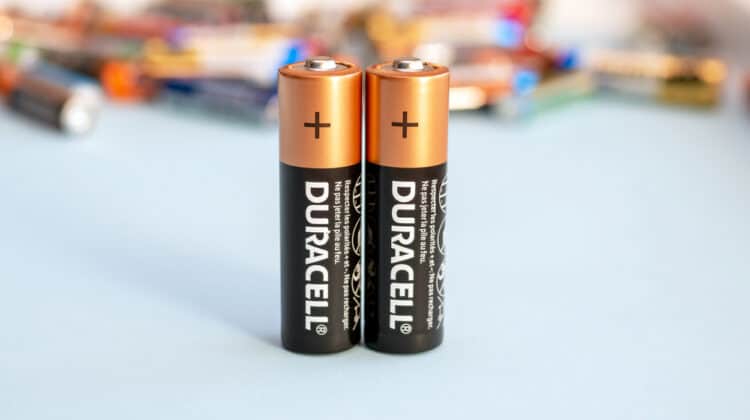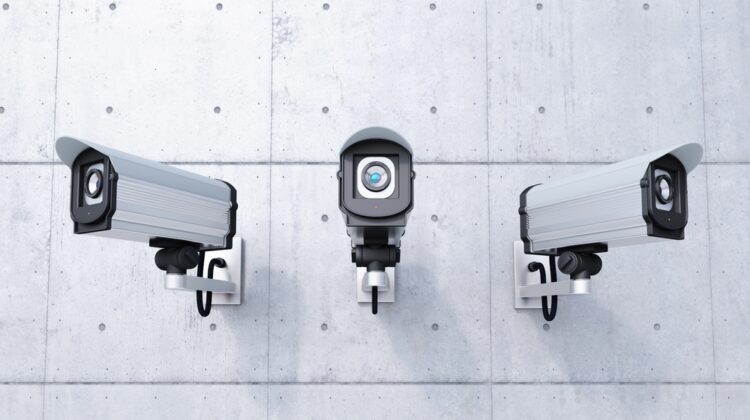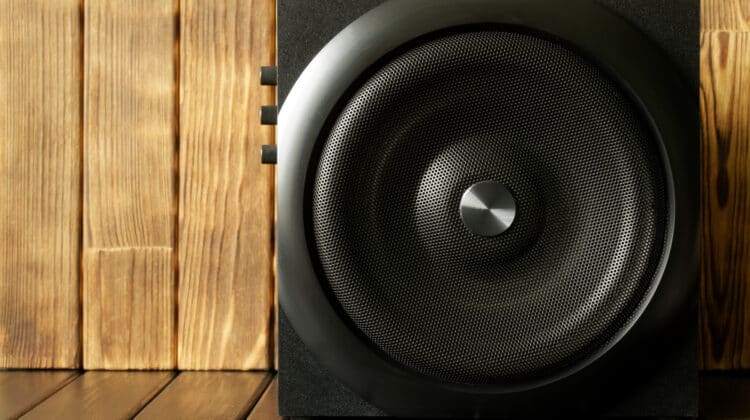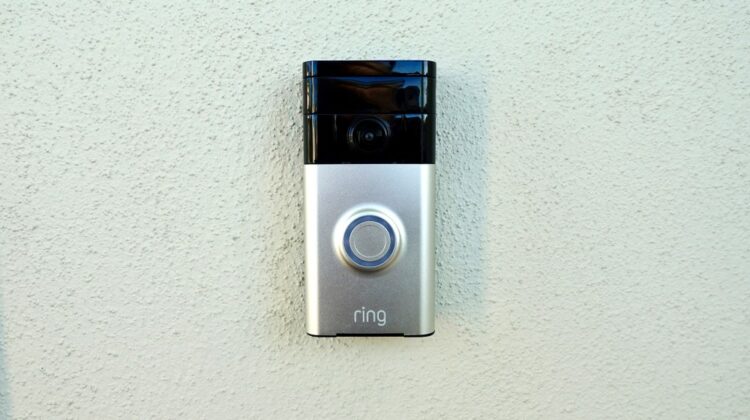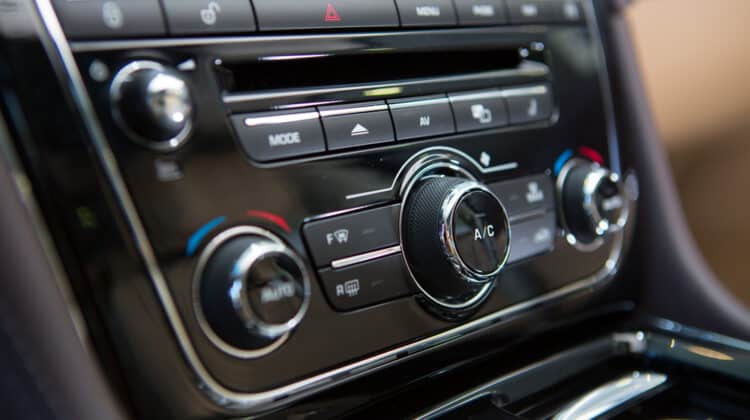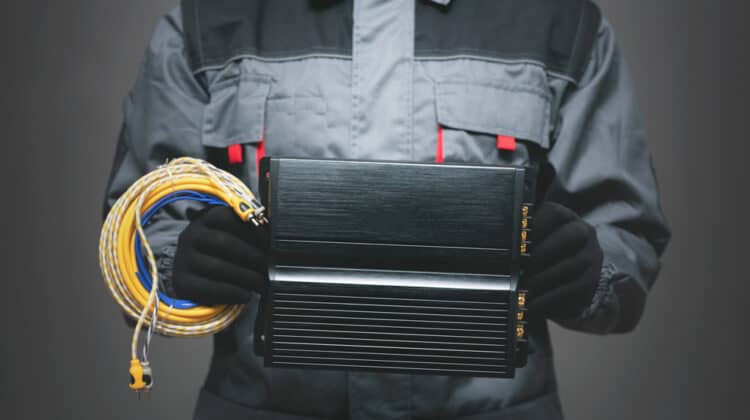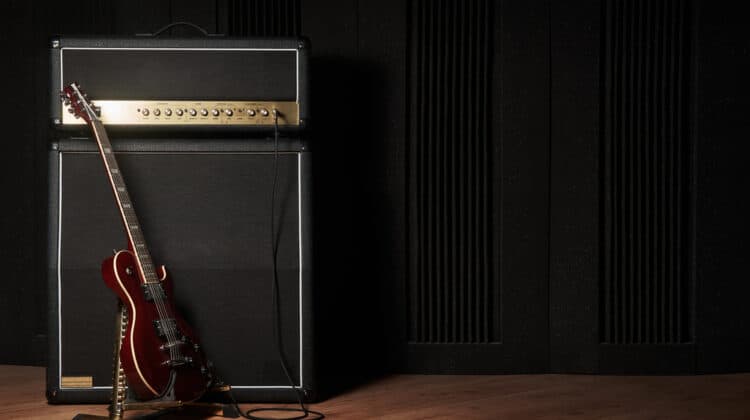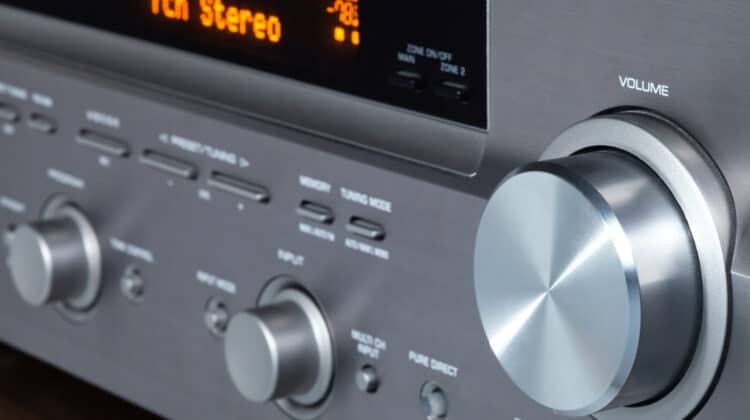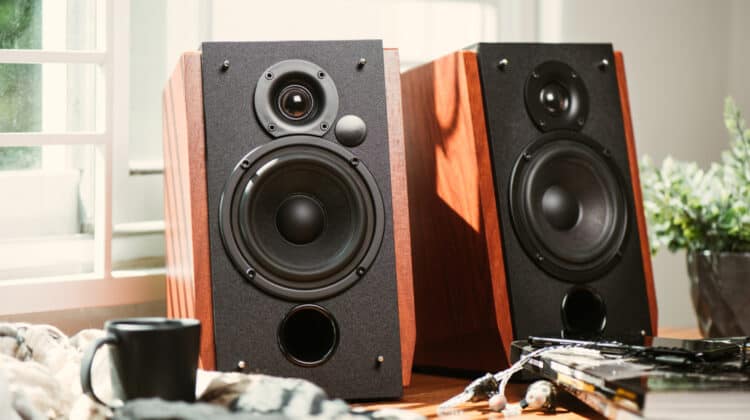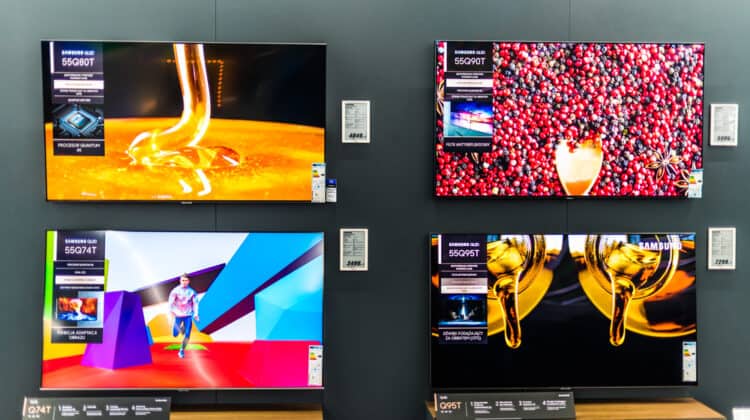
Cameras have become an important need in this modern world.
It is necessary for capturing moments that can be stored in various formats such as still images, videos, wide shots, slow motions, etc.
Most camera companies produce a wide range of lenses such as macro, wide-angle, prime, etc.
Camera lenses are becoming constantly expensive, which is worrying for people who are passionate about photography or make their full-time living with it.
Why Are Camera Lenses So Expensive? (Top 10 Reasons)

The major reason the camera lenses are so expensive is the production cost and the high production standards of the manufacturers.
Lenses these days go through different attentive testing and inspections that eventually make them easy to use.
These lenses use glass elements that are handled and shaped by experienced engineers.
Also, camera lenses are hand-assembled, and the inside components are mainly manufactured from high-quality brass or metal.
This adds a significant amount to the overall prices of camera lenses.
The reasons for the expensive pricing of camera lenses are not only restricted to production, some other factors influence the pricing significantly as well.
1. Features

One of the primary reasons camera lenses are so expensive is the new features they offer.
Every camera lens brand must make these lenses feature-rich due to the high expectations of the users.
Each feature needs resources and time, hence increasing the overall pricing.
Take a look at some of the features camera lenses offer.
A. Image Stabilization
Image stabilization is a feature that helps stabilize your image, preventing it from being blurry when holding a camera.
This is especially true when you are not using a tripod and instead are holding the camera in your hand and taking a shot at a slow shutter speed.
Typically, when you take a photo with IS feature off, you will get a blurry image.
This feature is handy in a lens with long focal lengths (100mm or greater).
This makes it easy to take pictures without a tripod.
B. Non-Rotating Front Element
This feature is a must-have if you’re a landscape photographer and use a polarizing filter to take shots.
The non-rotating front element uses a polarization filter to reduce the rotation of the front element.
C. Internal Zoom
This feature is probably an important one among others.
If you are working with a zoom lens that has an external zoom, the length of the lens changes from wide-angle to telephoto.
The length always remains constant in an internal zoom, which provides the user with an exciting dual feature.
The internal zoom feature can be helpful for three different reasons.
- For smoother and faster results, internal zoom is more effective than its external counterparts.
- If you’re taking images on a tripod and using an external zoom, it will change the length of the zoom and affect the camera’s center of gravity.
- There will be no sliding factor, which means your lens won’t zoom in automatically once you click any image closer to the ground.
D. Superior Optics
Special optic lenses provide features like distortion adjustment, flare reduction, and prevent any stray light from entering the lens.
These lenses are designed to produce images with maximum clarity.
You can find various lenses from different brands, but the main factor that separates optical lenses from others is the internal built quality.
These lenses cost you more than lenses without superior optics.
E. Silent Autofocus
Some lenses produce a grinding noise that alerts the subject and can ruin your photo as a result.
This is a problem for wildlife photographers.
To resolve this issue, most brands introduced the silent autofocus feature.
The feature enables you to capture images of the subject without alerting them.
These lenses are extremely useful in wildlife photography but are considerably more expensive than others.
F. Full-Time Manual Focus
It is a minor but nice feature to use in your photography.
When focusing manually, you have to flick the switch.
However, you don’t have to do this when using a full-time manual focus lens.
While using autofocus, you can quickly switch to manual focus without turning the switch on.
2. Manufacturing & Design

The overall quality of raw material adds to the increased prices of these lenses.
Lens external and internal durability is based on the quality of the raw material used.
Additionally, they go through some high-end manufacturing processes before they assume their final shape.
A. Glass Element
Specialized vendors supply Optical Glass to lens manufacturers.
It comes in the shape of a sliced glass plate from which the elements are cut.
Then the glass elements go through a curve generator machine that shapes glass elements into concave and convex forms.
Next, the process of grinding and polishing starts.
All of these processes are carried out on an industrial level and consume lots of energy.
B. Coating Processes
To prevent reflections and protect the material from oxidation, the formed lenses are coated with metal or composite material.
These are all high-end raw materials that come at significant prices.
C. Barrel Production
The barrel is comprised of a chassis that supports other various elements.
Elements like metal mounts, grooves, and a moving portion of the lens are machined to produce the external body of the lens.
D. Meeting The Requirements
The Optical Resolution, Mechanical Function, and Auto Focus Response are the most important design standards for a lens that must be met during the finalization step.
Further lens testing, including shocks, dropping, and vibration, are carried out before the final release of the lens.
The manufacturing processes are carried out on a mass scale.
This means the companies have to spend heavily on setting up the production units, which adds a significant portion to the overall expensive pricing.
3. Marketing Costs

Another major reason for the expensive pricing of these lenses is the money the brand spends on marketing.
Last year, Nikon and Canon spent around $100 million on advertising.
Both of these brands spent a significant amount on both print and digital media.
Nikon advertised on 250, while Canon on 100 media channels globally.
Nikon’s advertisement was not always product-oriented, but it focused mainly on solving consumer problems.
They are known for great advertising as it portrays more reality.
However, Nikon is still more expensive than most other camera lens brands.
Conversely, Canon’s advertising was mainly focused on specific products and remained more affordable than Nikon.
Similar to these two lens brand giants, all the other camera lens brands spend heavily on marketing their products.
This eventually increases the pricing of the final product.
4. Research And Development

The next major factor that contributes to the overall pricing is the budget spent on the research and development of these lenses.
Brands utilize the services of some high-end engineers and design architects to monitor the performance of their previously launched lenses and look for new technologies that can be utilized.
It is obvious now that when the lens is launched, it will cost a handsome amount of money to cover the R&D budget as well.
Consumer-grade lenses are cheaper than professional-grade lenses.
The major reason is that the professional-grade lenses are constantly evolving with the advent of the latest technology, while the consumer-grade lenses remain the same.
5. Durability

The durability is another major factor that contributes to the overall pricing of the lenses.
Brands pay special attention to making the lenses much more durable with the use of quality internal and external materials.
The metal elements used inside these lenses make them highly durable, rust-resistant, and long-lasting.
However, you should still take extra care of these lenses since the glass element of the lens might face lasting damage even with a slight hit.
6. Human Resources

Engineers carry out the production of the lens, and all the components are hand-assembled.
It is one of the reasons for increasing lens prices as it takes a large force to handle the production unit.
For such a vast production unit, there’s a requirement for a sales and marketing team.
A large workforce is also involved in getting the sales right.
Since camera lenses are one of the high-end products, companies have to set up both onsite and off-site marketing teams to meet the sales target.
The large workforce also adds to the overall pricing of every single camera lens.
7. Lens Format

Lens format also plays an important role in the overall pricing of the camera lenses.
There are different format lenses designed for specific purposes.
Some of the common camera lens formats include the following.
- Wide-angle lens
- Zooming lens
- Portrait and landscape lens
- Fish eye lens
The more complex the format of the lens, the higher it will cost.
8. Quality

The image quality of the lens contributes a significant amount to the overall pricing of the lens.
Modern lenses use a complex optical design to produce sharp and crystal clear images, thus optimizing the results.
The cost goes up due to the advancement in delivering better and optimized image quality with the sharp center to lens resolution.
Photography nowadays stands out very clearly and is on the better side compared to photography of the old standards and technologies.
The reason is that advanced optical designs and coatings produce superb colors that are pleasant to the eye.
9. Construction

The significant difference in the making of a lens is the raw material.
The better the raw material, the more expensive the lens.
Also, the construction of camera lenses is not simple and requires a lot of effort.
The design, product testing, and final testing of the material add to the overall pricing.
The expensive lenses use metal or brass to build the material.
This protects the lens from any sudden bumps.
On the other hand, cheap lenses are manufactured using plastics.
This means they are less resistant to any hits, and break even with little impact.
10. Performance

These heavy-duty lenses can perform in extremely rough conditions as well.
These lenses are toughly constructed and completely sealed against dust particles and moisture.
These lenses are strong enough to perform in rough conditions such as deserts, forests, rain, and sandstorm
The lens quality and durability make them highly valued over other cheap lenses.
Previously, there were no such lenses available that would work well in any tough conditions.
Today, with technological advancements, more lenses can bear the tough conditions while still performing well.
Which Is The Most Expensive Camera Lens?

The most expensive camera lens of 2022 is Leica APO-Telit-R 1:5.6/1600mm, costing around $2 million.
It is a super-telephoto lens from Leica that uses a wide-open aperture of f/5.6.
The weight of the lens is approximately 60 kg while the length is 1.2 meters.
The technology used in this lens is apochromatic.
It is this element that corrects chromatic aberration.
The focal length of 160mm makes it the largest and the most capable telephoto lens ever produced.
Are Expensive Camera Lenses Better?

With quality performance, features, and materials, expensive camera lenses are surely worth purchasing.
There’s always a minor difference in the image quality if you spend less on the lens, no matter which lens brand you purchase.
The lens image frame is even more important.
Expensive lenses provide great value for lens frames.
The frames these expensive lenses use are highly adjustable and provide the best quality images.
Also, the build quality of the frame is incomparable to what cheap lenses offer.
Are Cheap Lenses Worth Buying?

The answer to this question completely depends on your personal preferences.
If you are a professional photographer, cheap lenses might not be a good fit for you.
However, a person who is interested in photography as a hobby can always settle for a cheap quality lens.
If you have a tight budget, purchasing the right lens is crucial.
You can’t just look for the affordable price and purchase the lens without looking at the other lens features.
Take a look at the five major factors to look for when purchasing a cheap lens.
1. Brand Value
Brand value is surely the most important factor when purchasing a lens.
Some of the high-quality brands like Canon and Nikon also have a collection of affordable lenses for people with a tight budget.
Therefore, you should always look for options within the top-tier brands before proceeding to other unestablished brands.
2. Built Quality
The next important thing to consider when purchasing a cheap camera lens is the built quality of the lens.
Some of the affordable camera lenses come with a cheaper and less durable plastic body.
These lenses must be avoided.
3. Features
The features of the lens depend on your personal preferences.
Some lenses might not offer the features that you are searching for.
In that case, you should look for alternate options.
Lens Value Vs. Camera Body Value

This is the most common debate among professional and seasonal photographers.
Some say the camera body is more important, while others argue about the importance of the camera lens.
Which of the two should you give the most importance to?
Both the camera lens and body are important.
However, you should pay special attention to the camera lens as it plays an important role in the quality of the image.
Camera lenses provide long-lasting results and have to do more with the picture quality.
They always retain their graphic and monetary values, unlike camera bodies, which depreciate with time.
If you want to spend your money and make it safe, then spend it on the lens.
It will retain its cost and provide you with the results you were expecting after spending a significant amount.
Also, camera lenses have a better resale value, unlike the camera bodies.
Companies keep releasing the latest models, which significantly impact the prices of the previous models.
On the other hand, the functions of the lens remain the same.
This means a better resale value for a longer time.
Types Of Lenses

There are different types of lenses available on the market.
Photographers use them for specific purposes.
Some of the lens types are priced higher than all the other types.
The major reason is the value that they offer.
Take a look at some of the most commonly used lens types.
1. Wide Angle Lenses
These lenses have a focal length of 14 mm to 35 mm and are used for wide angles like landscapes and architecture.
2. Portrait Lenses
The lenses with a focal length of 35 mm to 85 mm are called portrait lenses.
They are used for standard portrait shots from a shorter distance.
3. Telephoto Lenses
The next on the list are telephoto lenses.
These are the most expensive ones among all since they provide a better zooming feature with additional capabilities.
Telephoto lenses are further classified in further three types.
- A lens with a focal length of 85 mm to 135 mm is a short telephoto lens that takes street shots or portraits.
- A focal length of 13 mm+ is a medium telephoto lens used in sports, wildlife, and action scenes in the movies.
- 300 mm+ lens is a super-telephoto lens that captures distant sports shots, nature, and astronomy
Conclusion
There are different reasons that justify the expensive prices of the camera lens.
This includes the latest technology, high-end manpower, manufacturing and design cost, etc.
Any professional photographer would prefer a professional lens over cheap lenses no matter how expensive they are.
If you are a seasoned photographer or just starting in this field, avoid spending a lot on expensive lenses.
Instead, you can get started with any affordable lens, and once you are better at photography, you can purchase the expensive ones.
NEXT: Why Is The Apple Pencil So Expensive? (Top 10 Reasons)







